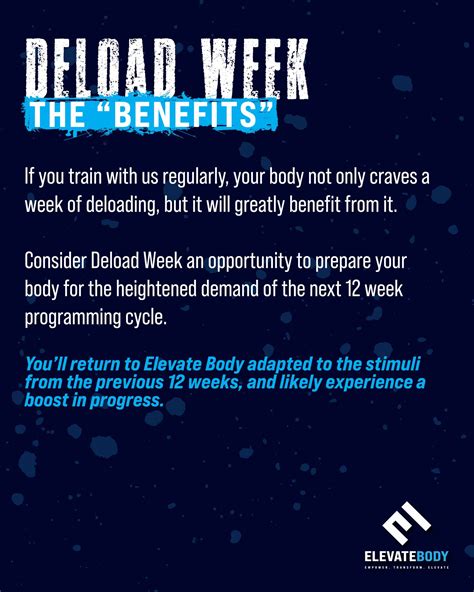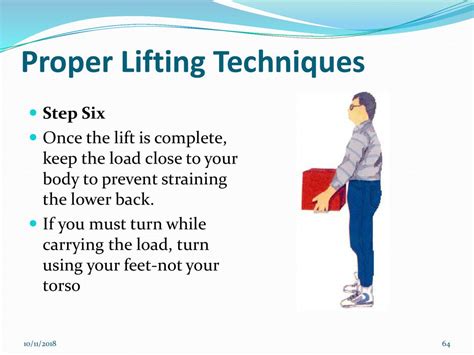How to effectively break a strength plateau for peak lifting performance & hypertrophy?

Understanding the Strength Plateau
For anyone serious about strength training, hitting a plateau is an almost inevitable, albeit frustrating, part of the journey. A strength plateau occurs when your progress in a specific lift or exercise stalls, despite consistent effort. You might find yourself unable to add more weight, perform more reps, or even maintain your current performance level. This stagnation can demotivate lifters and hinder long-term gains in both strength and muscle size (hypertrophy).
The reasons behind a plateau are varied, often stemming from a combination of factors. These can include insufficient progressive overload, inadequate recovery, nutritional deficiencies, poor technique, or simply not varying your training stimulus enough. Recognizing these underlying causes is the first crucial step toward developing an effective strategy to break through the wall and resume your progress.

Re-evaluating Your Training Regimen
Varying Progressive Overload
Progressive overload is the fundamental principle for continuous strength and hypertrophy gains. However, it’s not always about simply adding more weight. When weight progression stalls, consider other forms of overload: increasing reps, sets, reducing rest times, increasing training frequency, improving exercise technique, or slowing down the eccentric (lowering) phase of a lift. Implementing strategies like double progression (adding reps until a threshold, then adding weight) or rest-pause sets can provide a new stimulus.
Sometimes, the body adapts not just to the load, but to the specific movement pattern. Introducing variations of your main lifts (e.g., pause squats, deficit deadlifts, close-grip bench press) can challenge your muscles in novel ways, improving weak points and ultimately boosting your main lifts.
Strategic Periodization and Deloads
Periodization involves structuring your training into cycles with varying intensities and volumes. Instead of training hard all the time, incorporating periods of higher intensity/lower volume followed by lower intensity/higher volume (or vice versa) can prevent overtraining and promote supercompensation. Linear, undulating, and block periodization are common models to explore.
Deload weeks are another critical, yet often neglected, tool. A deload involves intentionally reducing training volume and/or intensity for a short period (typically one week). This allows your central nervous system, joints, and muscles to recover fully, repair, and prepare for subsequent, more intense training blocks. Many lifters fear deloads will make them lose gains, but in reality, they often lead to stronger returns.

Incorporating Accessory Work and Weak Point Training
Often, a strength plateau in a compound lift like the squat, bench press, or deadlift is due to a weak link in the chain of muscles involved. Identify your weak points – are your triceps failing on the lockout of a bench press, or is your core giving out on squats? Incorporate targeted accessory exercises to strengthen these areas. For example, direct tricep work, core strengthening exercises, or glute activation drills can significantly impact your main lifts.
Optimizing Nutrition and Recovery
Fueling for Performance and Growth
You cannot build strength or muscle on an empty tank. Ensure you are in a slight caloric surplus if your goal is hypertrophy and strength gain, consuming enough energy to fuel intense workouts and support muscle repair and growth. Protein intake is paramount – aim for 1.6-2.2 grams per kilogram of body weight to maximize muscle protein synthesis. Carbohydrates provide crucial energy for high-intensity lifting, while healthy fats support hormone production and overall health. Don’t neglect hydration and micronutrient intake, as deficiencies can impair performance and recovery.

The Critical Role of Rest
Training breaks down muscle tissue; recovery builds it back stronger. This rebuilding process primarily occurs outside the gym. Prioritize 7-9 hours of quality sleep per night, as this is when growth hormone is released and your body undergoes significant repair. Managing stress levels is equally important, as chronic stress can elevate cortisol, negatively impacting recovery and muscle growth. Active recovery, such as light walks or stretching, can also aid in circulation and reduce muscle soreness.
Refine Your Technique and Mindset
Master Your Form
Improper form not only increases the risk of injury but can also limit your ability to lift heavier weights efficiently. Often, a plateau isn’t a lack of strength but a breakdown in technique as the weight gets heavier. Film your sets, review them, and if possible, get feedback from an experienced coach. Even minor adjustments to foot placement, grip, or bar path can unlock new strength potential.

Mental Toughness and Consistency
Breaking a plateau is as much a mental game as it is a physical one. Stay consistent with your training and nutrition, even when progress seems slow. Believe in your ability to get stronger and visualize successful lifts. Track your progress diligently; sometimes, a small improvement in reps or form over weeks might not feel like much but indicates progress that can be built upon.
Advanced Techniques to Push Boundaries
Once the fundamentals are solid, advanced techniques can provide the extra push needed to overcome stubborn plateaus. Drop sets, where you reduce the weight and continue reps immediately, can extend a set beyond muscular failure, maximizing hypertrophy. Supersets, giant sets, and rest-pause training can also increase training density and provide a unique stimulus. Accommodating resistance, using bands or chains with barbells, can help train specific strength curves and improve explosive power.

Conclusion
Hitting a strength plateau is a normal part of any serious lifting journey, but it doesn’t have to be a permanent roadblock. By strategically adjusting your training variables, optimizing your nutrition and recovery, refining your technique, and cultivating a resilient mindset, you can effectively break through these barriers. Remember, consistent effort, smart programming, and patience are your most powerful tools in achieving peak lifting performance and sustainable hypertrophy.









